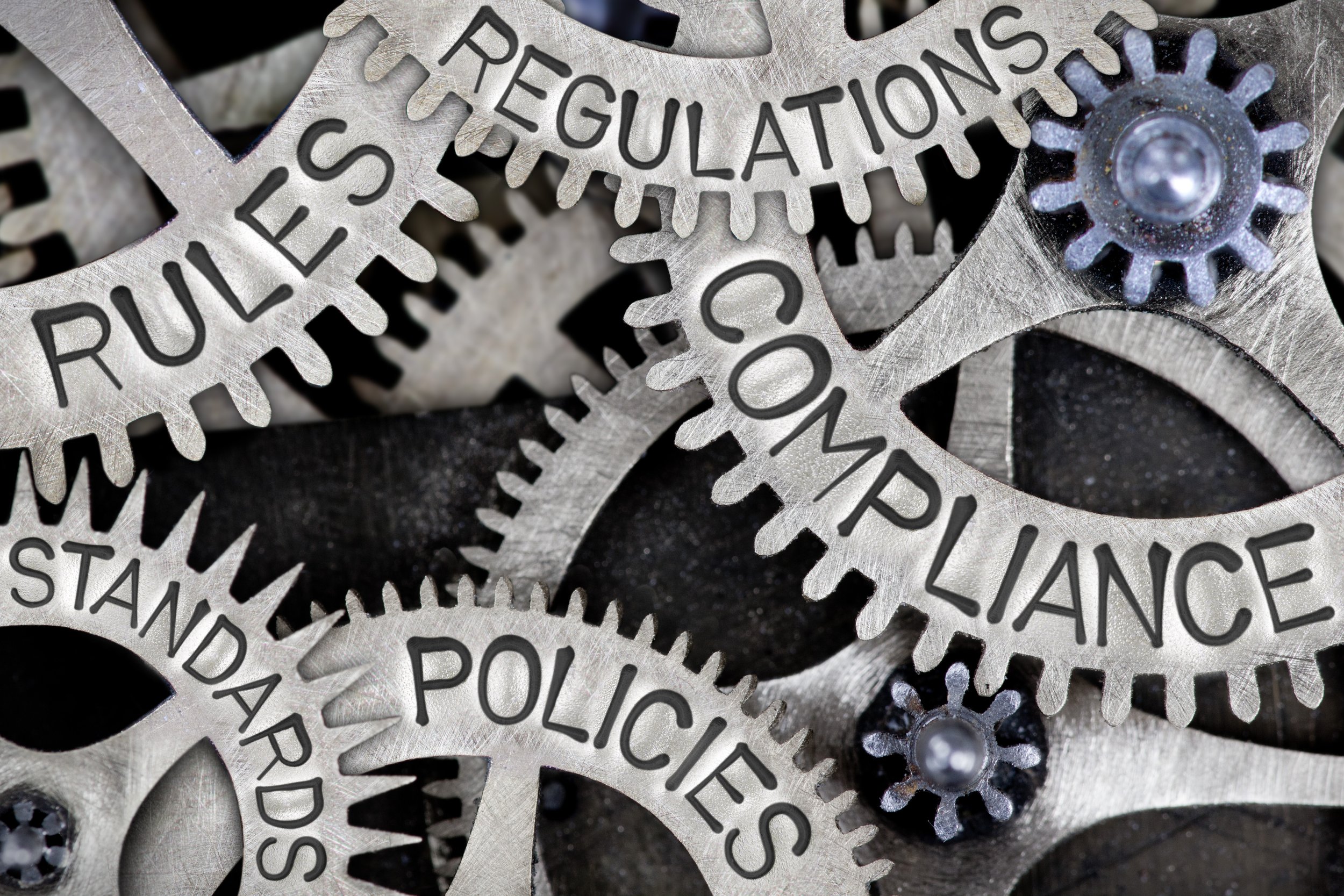
What are the benefits of state program approval?
Owners and operators in states that have an approved UST program do not have to deal with two sets of statutes and regulations (state and federal) that may be conflicting. Once their programs are approved, states have the lead role in UST program enforcement. In states without an approved program, EPA will work with state officials in coordinating UST enforcement actions.
All 50 states, 5 territories, and the District of Columbia have a comprehensive set of UST leak prevention and release detection regulations and a program to implement those regulations. Additionally, all states have cleanup programs. Even for states without SPA, EPA enters into grant or cooperative agreements with state programs, and the state program is designated as the primary implementing agency. While both federal and state regulations apply in states without SPA, the state regulations are generally just as stringent as, and oftentimes significantly more stringent than, EPA's regulations.
The State Program Approval (SPA) process
As of September 2021, 39 states, the District of Columbia, and the Commonwealth of Puerto Rico had state programs approved under the 1988 UST regulation. States are now applying for their state programs to be as stringent as the 2015 UST regulation.
